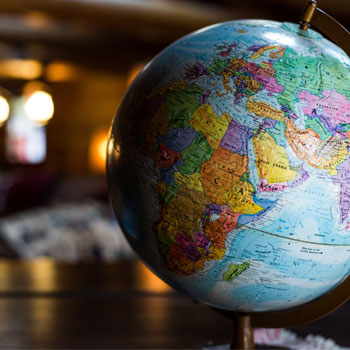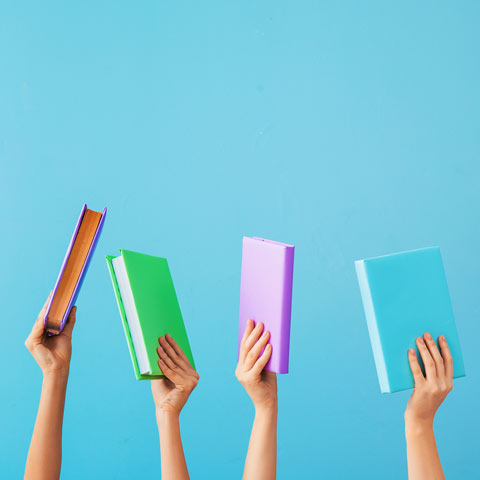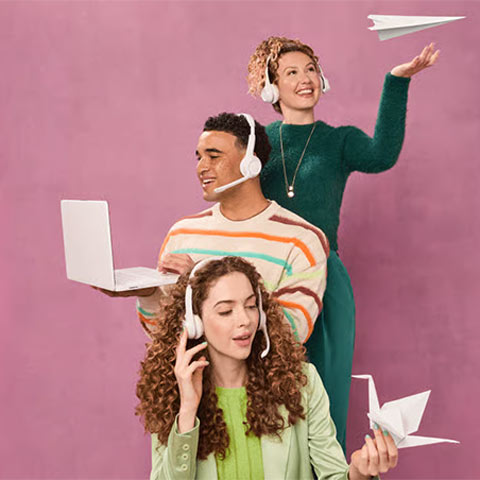Localisation, Language, and Loyalty - The 3 Keys to Customer Experience


“If you’re trying to persuade people to do something, or buy something, it seems to me you should use their language - the language they use every day, the language in which they think”. This quote from ad-man David Ogilvy may be 50+ years old, but in today’s connected world, where localisation is a competitive differentiator, it resonates more than ever.
It’s always been the case that companies wanting to succeed with customer experience must first succeed with understanding their customers. For companies wanting to do this across regions, it’s about nurturing (rather than just acquiring) potential customers. The best way to do this is by using the local language. If a customer has to translate an experience to match their local expectations, you’ve lost them.
The key to building loyalty is to keep things as seamless and natural as possible. With that in mind, here are some ways companies have applied this localisation of experience and language, to raise the bar in customer experience.











